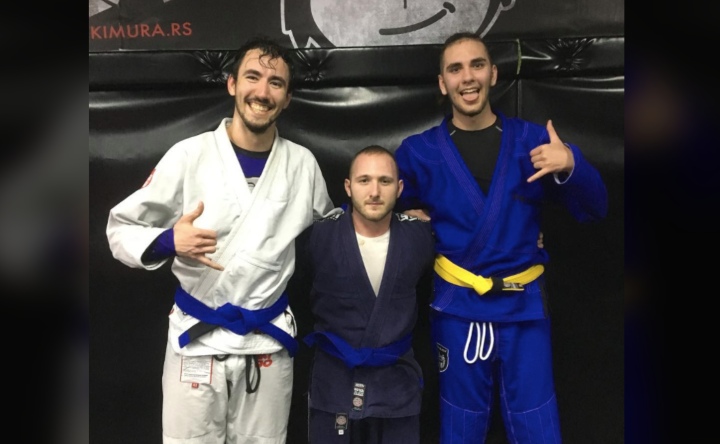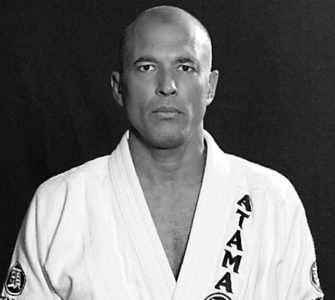In the dynamic world of Jiu-Jitsu, it’s widely acknowledged that individuals with the same weight can possess vastly different body structures. For instance, two persons both weighing 60 kilos may have contrasting physiques – one might be shorter and more muscular, while the other could be taller and leaner. This diversity in body types significantly influences the strategies and techniques a Jiu-Jitsu fighter might excel in.
There’s a common perception, almost a myth, that lighter fighters with longer limbs are naturally predisposed to playing guard. While it’s true that this body type may find it easier to maneuver in such positions, this isn’t a hard and fast rule. Take, for example, notable fighters like Lo, who despite their larger build, excel in guard positions.
So, what body type is the most advantageous in Jiu-Jitsu? The answer lies not in physical attributes but in the mindset. It’s crucial to understand that while body type can offer certain advantages or pose challenges, it’s the strategic use of one’s physical attributes that truly matters.
Athletes with longer limbs, for instance, might find it beneficial to focus on their guard game. In Jiu-Jitsu, the guard is a defensive position where the fighter’s legs act as a barrier against the opponent. Utilizing body length, such athletes can excel in techniques like the De La Riva guard, X Guard, and particularly in executing triangles, which are ideal for those with longer legs.
However, success in Jiu-Jitsu is not just about physical attributes but about intelligence and adaptability. An athlete must not only refine their technique but also understand and leverage their body type. This doesn’t imply that athletes with different builds can’t be proficient in certain techniques. On the contrary, versatility is key. A well-rounded athlete is one who continuously works to become proficient in all aspects of the game.
Consider the example of athletes with a stockier build. These individuals often have shorter, more powerful limbs, making them exceptionally effective at guard passing. A prime example is Rodolfo Vieira, known for his formidable guard passing skills. His robust physique allows him to apply intense pressure, leaving little room for opponents to counterattack with their guard.
Remember, these observations aren’t strict rules but rather guidelines to help athletes who are still exploring the style that best complements their physique. Regardless of one’s body type, it’s imperative to strive for improvement in all areas of Jiu-Jitsu.
Take Bruno Malfacine, a lighter, shorter athlete, for example. He’s renowned for his potent guard that poses a significant challenge to larger opponents. Malfacine’s success is a testament to how understanding and using one’s physical attributes can lead to mastery and confidence in the sport.
While body structure can influence your game in Jiu-Jitsu, it’s the combination of physical attributes, strategic thinking, and continuous skill development that truly shapes a champion.




















